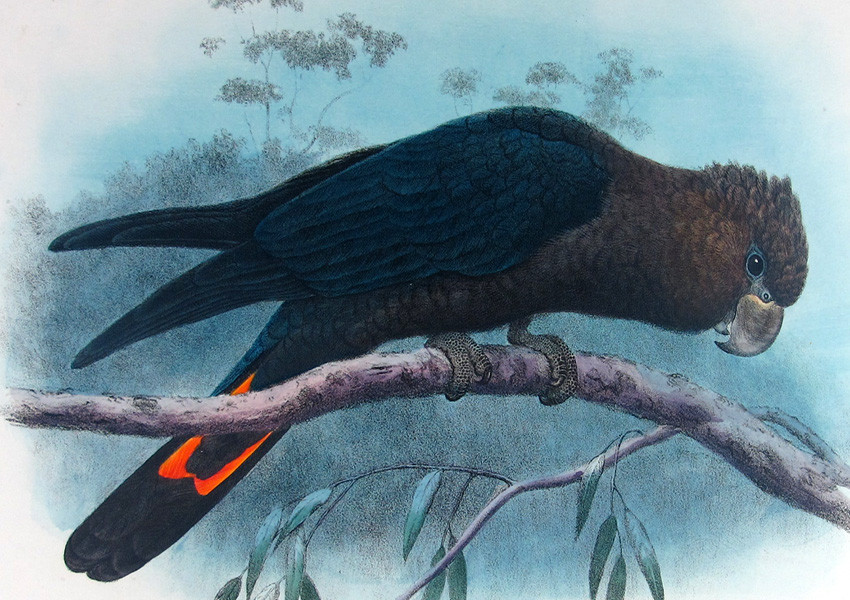
H. Goodchild – Shadows and Structure: The Quiet Precision Behind Australia's Avian Drama
When delving into the monumental ornithological project The Birds of Australia by Gregory M. Mathews (1910–1927), the eye is often drawn to the vivid colours, dynamic postures, and elegant compositions that define the work. Among the celebrated artists contributing to this visual triumph—Grønvold, Keulemans, Green—there is a quieter hand whose contributions offer a refined, structural beauty: H. Goodchild.
Little is known about Goodchild’s biography, and yet his work speaks volumes. In contrast to the highly chromatic flair of his peers, Goodchild’s illustrations stand out for their rigorous form, stark compositional clarity, and restrained elegance.

His birds—such as the striking Channel-bill cuckoo—emerge not just as colourful subjects but as anatomical studies infused with an austere dignity. His style reveals a deep familiarity with avian form and an affinity for quiet tension over expressive flourish.
Where Keulemans emphasizes liveliness and Green captures motion in the field, Goodchild delivers a sense of poised stillness—as though the bird were carved in graphite before colour touched the page.

Despite the lack of historical documentation, H. Goodchild remains an essential figure in the visual narrative of Mathews’ opus. His approach, defined by structural clarity and unembellished confidence, adds a unique register to The Birds of Australia—reminding us that in great works, the subtle voices often carry the strongest resonance.
Explore the collection
Browse all original hand-coloured lithographs by H. Goodchild from The Birds of Australia → View works

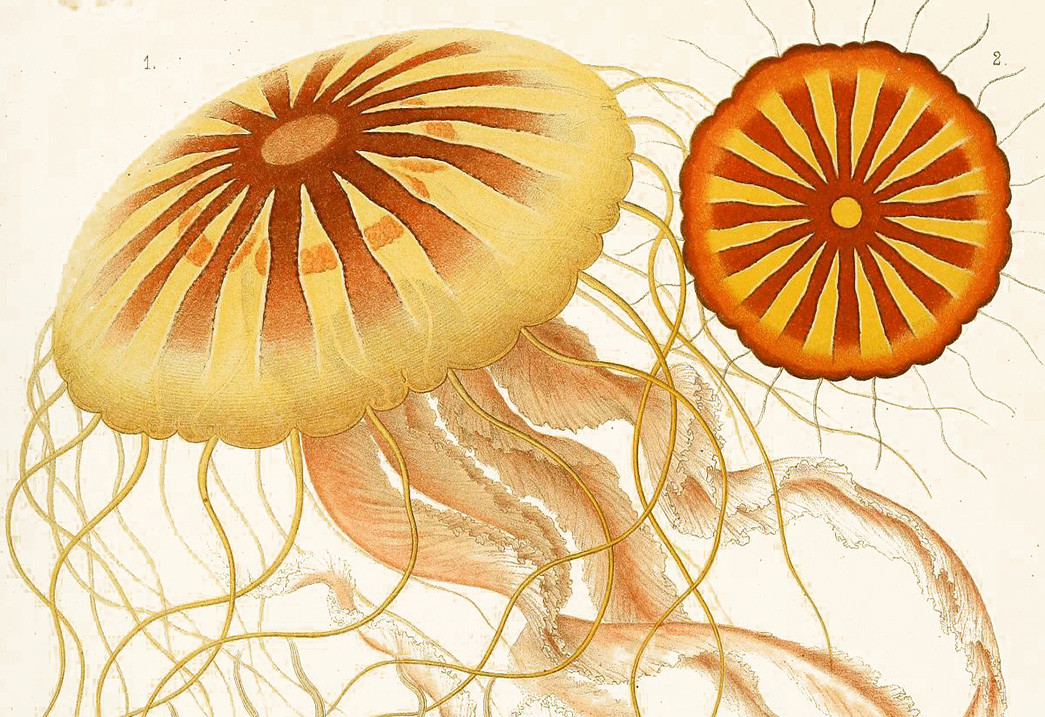
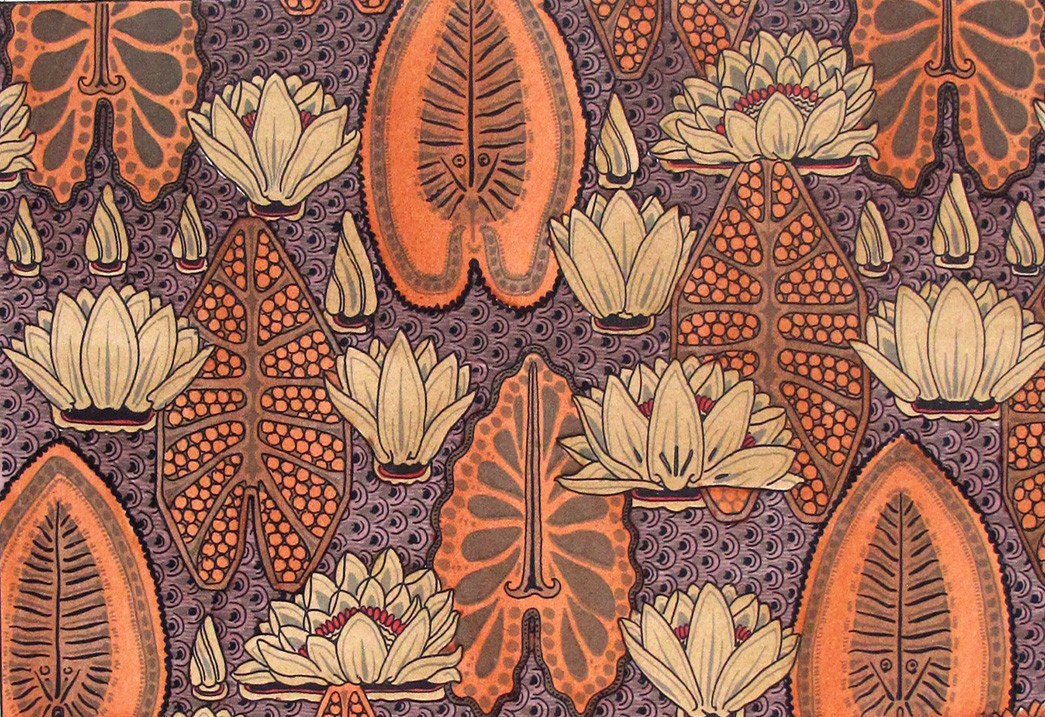
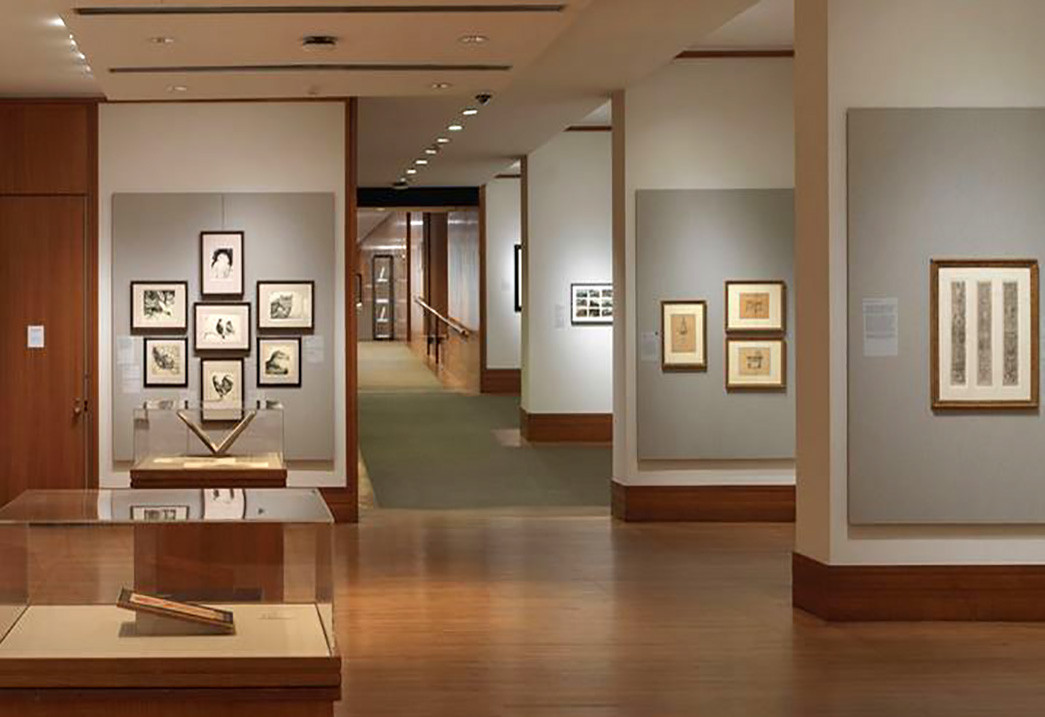
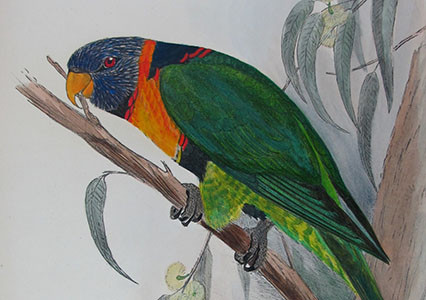
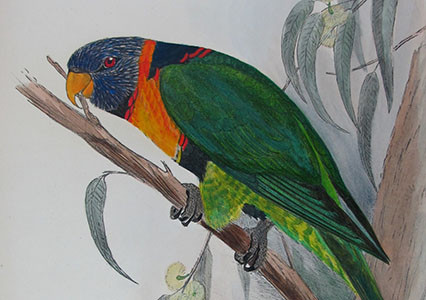
Leave a comment